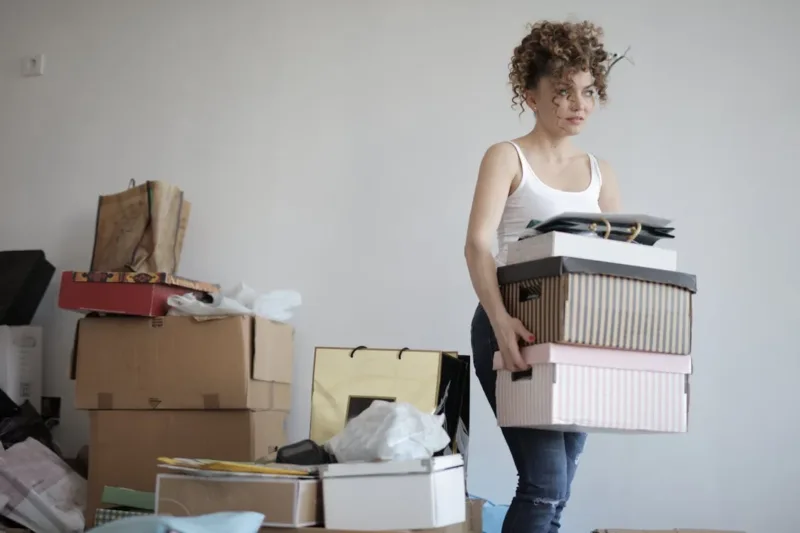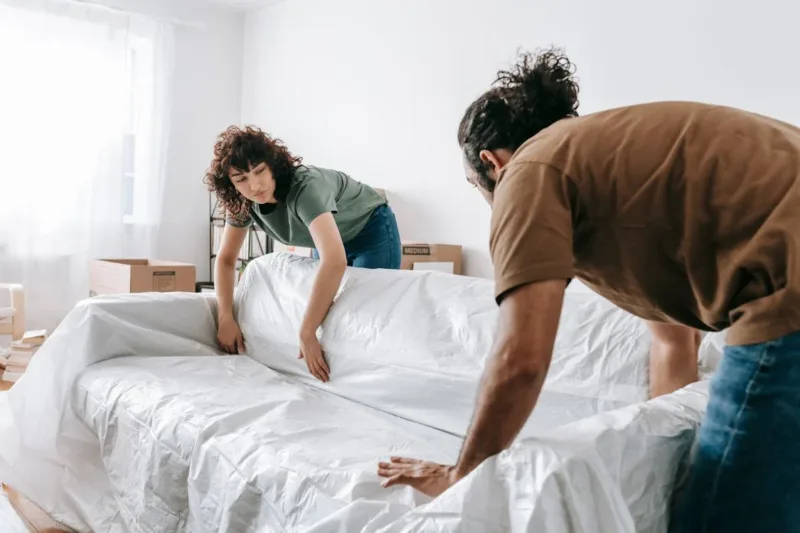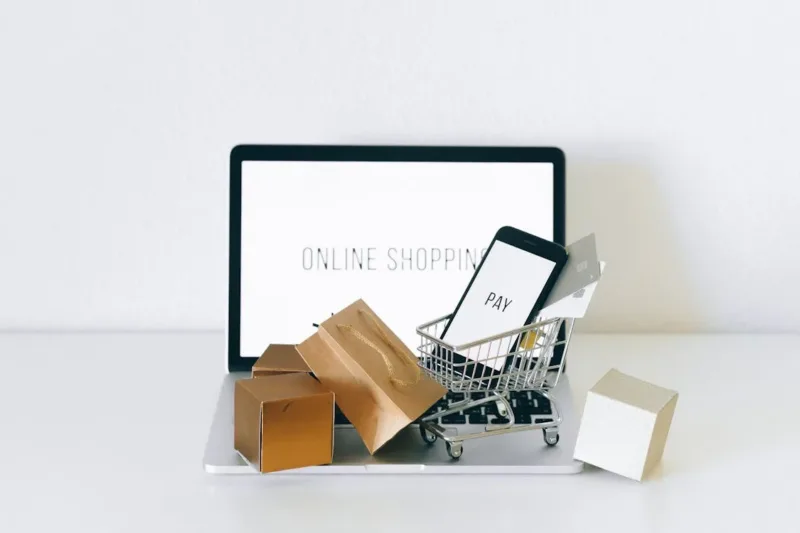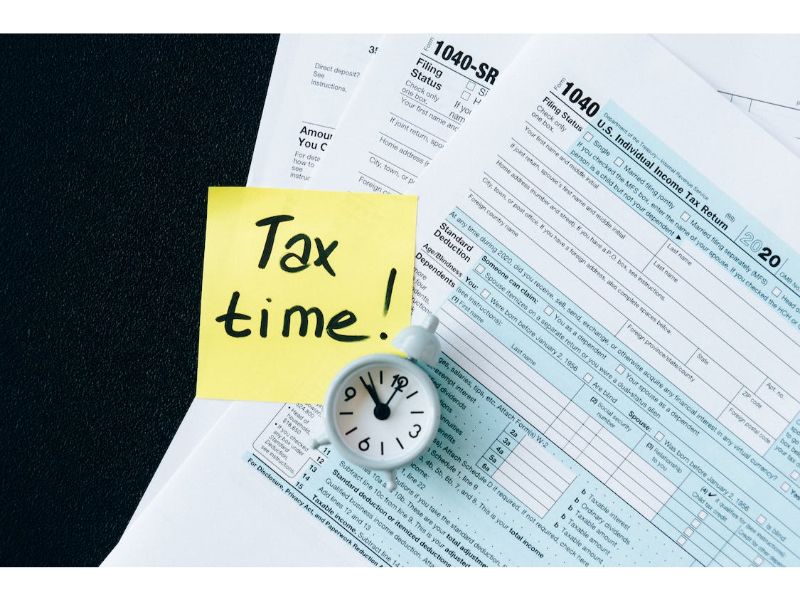Flipping free items is an incredible way to generate income without a huge investment. You can turn unwanted goods into extra cash through creativity and effort by sourcing free inventory. You might be surprised at what people will give away: furniture, electronics, clothing, and more. Each category has its profit potential, and with a little skill and experience, you can maximize your earnings.
I remember when I first stumbled upon the idea of flipping free items. I found an old, scratched-up wooden desk on the curb. After a weekend of sanding and painting, I sold it for $150 on eBay. This small win sparked my interest in reselling, leading me to find hidden treasures and flipping them for profit. Platforms like Facebook Marketplace, Craigslist, and Freecycle are goldmines if you know where to look and how to refurbish or repurpose items.
🌟 Top Picks for Online Earnings! 🌟
Dive into our handpicked selection of the best platforms to boost your online income. Trusted by thousands, these platforms are a must-try for anyone looking to make money online.
Turn your opinions into cash with one of the most reputable online survey platforms. Explore Survey Junkie
From watching videos to shopping online, Swagbucks rewards you for everyday online activities. Dive into Swagbucks
Get rewarded for shopping, taking surveys, and more. Check Out Lifepoints
Discover a curated list of remote and flexible jobs. Find Jobs on FlexJobs
Imagine how a single successful flip can escalate into a profitable side hustle. Start small and learn the ropes. Whether it’s upgrading a vintage chair or reselling outgrown children’s toys, the opportunities are vast. Each item can potentially turn your time and minimal investment into real money. So, grab those free items, channel your inner entrepreneur, and start creating your income stream.
Where to Find Free Items

Finding free items to flip can be easier than you might think. The key is knowing where to look and how to use available resources.
Craigslist has a “free” section where people list items they just want to get rid of. It’s a goldmine for freebies, like furniture or electronics, which you can refurbish and sell.
Garage sales and yard sales are traditional methods worth exploring. Often, the best finds are the ones people didn’t think would sell, so they’re happy to give them away.
There’s also the thrill of dumpster diving. Believe it or not, people throw away items in perfectly fine condition. Just make sure to follow local regulations and always prioritize safety.
Estate sales and flea markets can sometimes offer items at rock-bottom prices or even for free, especially as the event wraps up. Sellers often prefer to give away items rather than pack them up.
Using the Flyp app, you can connect with individuals looking to declutter their homes. They have name-brand clothes, shoes, and vintage accessories ready for you to flip.
For a broader range, check out Freebie Alert. This app aggregates freebies from local sources and lets you filter by location, ensuring you haul in only what’s convenient for you.
Be sure to keep your eyes peeled and stay resourceful. With some effort, you can find an endless supply of free inventory ready to be flipped for profit.
See Related: How to Get Stuff for Free: Expert Strategies Unveiled
Best Items to Flip

Flipping items for profit can be a fantastic way to make use of the free stuff you come across. Here are some of the best items that you can flip to see a good return:
Furniture: Free furniture, especially solid wood pieces, can be gold. Sanding, painting, and modernizing an old table or chair can turn it into a sought-after piece.
Clothing: Vintage and branded clothes are always in demand. Items like wedding dresses and concert t-shirts can fetch surprisingly high prices.
Electronics: Many people give away outdated but functional electronics. Items like vintage record players, old cameras, and even retro video games can sell well.
Books: Certain old or rare books can be quite valuable. Keep an eye out for first editions or popular series.
Sports Memorabilia and Cards: We all had that sports fanatic uncle or friend who had a collection. Things like vintage sports cards or memorabilia can attract collectors.
Some Key Items to Target
| Item | Potential Value |
|---|---|
| Antiques | High, if rare and well-maintained |
| Power Tools | Good demand in second-hand market |
| Bicycles | Particularly vintage bikes |
| Jewelry | Genuine items, especially antiques |
| Musical Instruments | Guitars, pianos, even some vintage amps |
Working on cars can also be an enjoyable and profitable venture:
- Cars and Car Parts: Classic cars or even parts like engines and rims can be highly sought after. I once flipped an old vintage car part I found in my grandpa’s garage, and it paid quite handsomely.
Strollers and Baby Gear are also worth a look. People are always hunting for high-quality baby gear at affordable prices, and strollers can be refreshed easily with a little cleanup.
Remember to always do a little research before you commit. It’s amazing what people overlook as junk, but it has some hidden gem potential. Happy flipping!
How to List and Sell

First, take good photos. Your listing is only as good as your images. Clear, well-lit photos can make or break a sale. Use a neutral background and multiple angles. Don’t skimp on this step; good visuals help potential buyers trust that your item is legit.
Next up, craft a detailed listing. Give precise descriptions of the item’s condition, size, and unique features. Mention any flaws upfront to build trust. If you’re flipping a vintage concert t-shirt, say, “No stains, slight wear on the edges.”
Set your price wisely. Check similar items online to see how much they’re going for. Aim to price just a bit lower to attract buyers. For example, if vintage sneakers like yours sell for $100, consider listing them at $90 to move them faster. Keep in mind your desired profit margin.
Consider platforms like eBay, Facebook Marketplace, or Depop for where to sell. Each has its audience. eBay is great for rare items, while Depop attracts younger, trend-focused buyers. List your items on multiple platforms unless exclusive rights are necessary.
Think about offering free shipping to sweeten the deal. Yes, it might reduce your profits, but buyers love it. Just make sure to factor this into your selling price. A $90 sneaker with free shipping might be more enticing than one listed at $80 plus $10 shipping.
Finally, remember to follow up with buyers. Good communication can lead to repeat business and positive reviews. Respond to inquiries quickly and keep buyers updated throughout the shipping process. A happy customer might be your best marketing tool.
See Related: Easy Ways to Get Free Nike Shoes
Platforms to Use

When flipping free items, the right platform can make all the difference. Craigslist is a classic choice with a dedicated “Free” section. You’ll often find furniture, electronics, and other household items there.
Facebook Marketplace is another fantastic option. It’s easy to use, and you can find stuff practically in your backyard with local groups. Plus, it’s great for quick sales.
You might consider eBay for items that have a broader market. Whether it’s vintage clothing, electronics, or unique collectibles, eBay’s vast user base increases the chances of finding interested buyers.
Poshmark specializes in clothing and accessories for fashion enthusiasts. This platform can fetch a good price if you have designer items or stylish pieces.
Etsy is perfect for handmade or vintage items. If you’re flipping craft supplies or customizing furniture, Etsy’s audience appreciates unique and artistic pieces.
OfferUp’s user-friendly app simplifies the selling process. It’s particularly useful for local deals, as you don’t have to worry about shipping costs.
Amazon can be a strong contender for a seamless, end-to-end reselling experience. Though it has a more complex setup process, Amazon offers access to a massive customer base.
Mercari and ThredUp are great if you’re looking for more structured platforms. Mercari is versatile and user-friendly, while ThredUp focuses on thrift clothing, making selling fashion items easier.
If you have old tech items, Decluttr can be your go-to. They take phones, CDs, DVDs, and more, offering an easy way to sell your gadgets.
Each platform has its strengths and ideal use cases, so experiment with them to see which aligns best with your flipping goals.
Legal Considerations

When flipping free items, the fun part often overshadows legal concerns, yet staying compliant is crucial. Let’s break down what you need to consider.
Business License: In many regions, if you’re consistently earning profit from flipping, you might need a business license. This not only keeps you above board but can also provide benefits like access to wholesale prices.
Tax Laws: Any profit you make must be reported. Depending on how much you earn, you may need to pay taxes. Keeping detailed records of acquisitions (even free ones), sales, and expenses is key.
Income Declaration: Even if you start small, declaring your income is important. This could save you a lot of trouble down the line. Use platforms like Etsy or eBay. You’ll get tax forms if you exceed a certain threshold of sales.
Consumer Protection Laws: Selling items, especially refurbished ones, requires awareness of consumer protection laws. This includes ensuring products are safe and accurately described to avoid claims or returns.
Legal Restrictions: Be mindful of any legal restrictions related to the items you flip. Certain goods, like electronics or children’s toys, may have specific regulations for reselling.
Commission: They might charge a commission if you use online platforms to sell your flipped items. Understanding these fees upfront can help you price your items accordingly.
By considering these legal considerations, you can flip items confidently and legally. Always do your homework, stay organized, and consult a professional if you’re unsure.
See Related: Best Business Opportunities to Start Today
Tips for Maximizing Profits

When flipping items for profit, it’s essential to be strategic and informed. Here are some tips to help you maximize your earnings:
1. Source Free Inventory Wisely
Find your inventory through local freebies on sites like Craigslist and Facebook Marketplace. Pay attention to garage sales and curb alerts. Focus on items such as furniture, used appliances, and household accessories.
2. Know Your Market
Identify high-demand items. Concert t-shirts, used gym equipment, and vintage furniture tend to sell well. Track popular items in online flipping blogs. Be aware of the competition and adjust prices accordingly.
3. Fix and Clean
Put in some elbow grease to repair or clean your finds. Solid wood furniture, when restored, can fetch a higher price. Simple fixes can turn free items into valuable assets.
4. List on Multiple Platforms
Don’t just stick to one site. Use eBay, Craigslist, Facebook Marketplace, and local classifieds. Each platform has its audience. Listing on several increases your reach.
5. Timing is Key
Schedule your listings to go live at peak times, like weekends or lunch breaks. Timing can make a big difference in visibility and sales.
6. Detailed Listings
Write comprehensive, appealing descriptions. Include measurements, conditions, and plenty of photos. Highlight standout features, especially for items like tablets or cookware.
7. Negotiate Wisely
Always price your items a bit higher than what you expect to get. This gives you room to negotiate. People love getting a “deal.”
8. Watch Your Costs
Keep costs low. Whether you’re buying paint to refurbish furniture or cleaning supplies, track these expenses. They add up and impact your overall profit.
9. Learn from Others
Follow flipping blogs and YouTube channels. Many veteran flippers share valuable insights and tricks of the trade.
10. Stay Organized
Track your inventory and sales. Use a simple spreadsheet to monitor your profits and any recurring expenses. This helps in assessing what’s profitable and what’s not.
By employing these tips, you can turn flipping free items into a lucrative side hustle. Happy flipping!
Leave a Reply